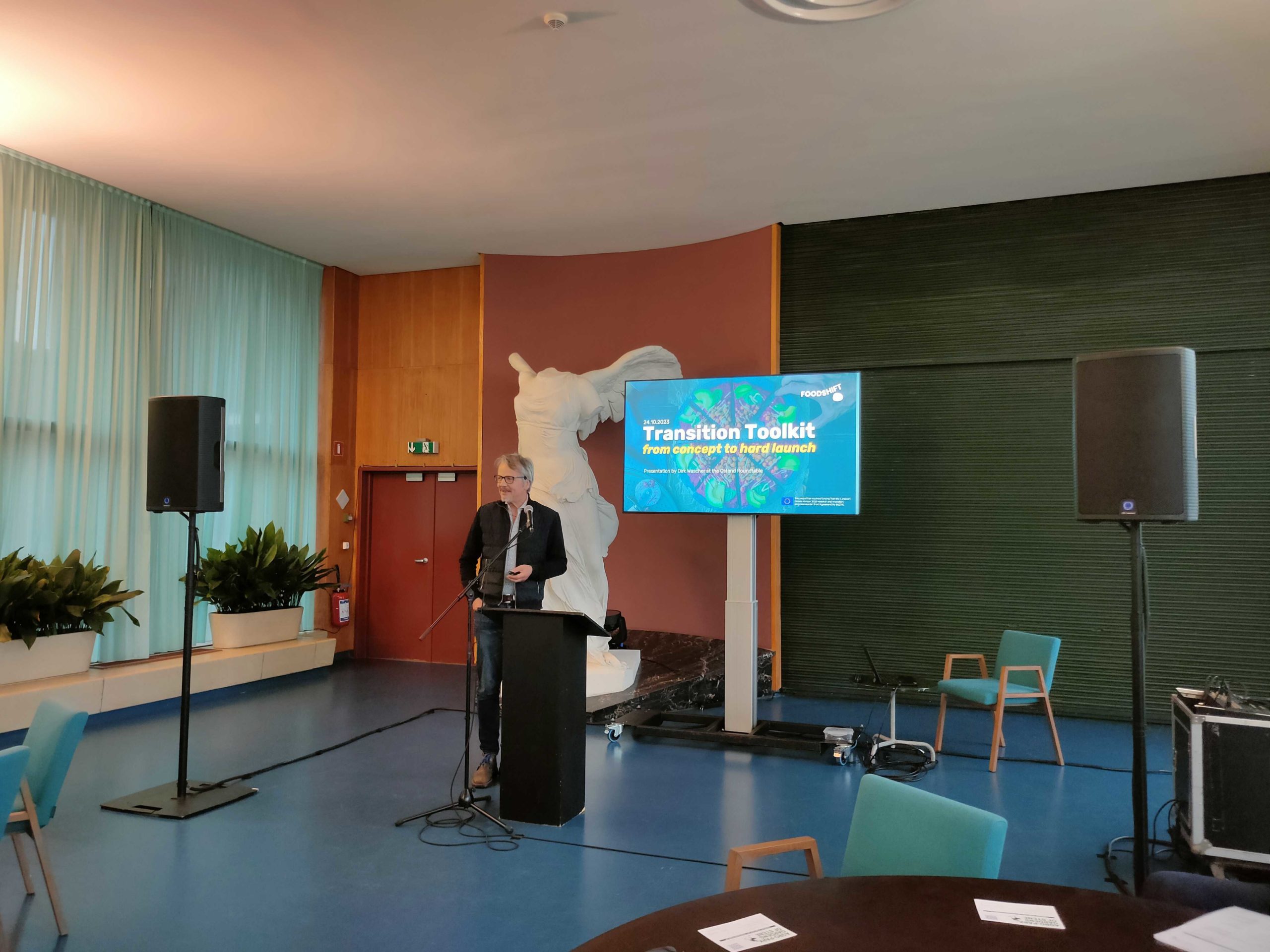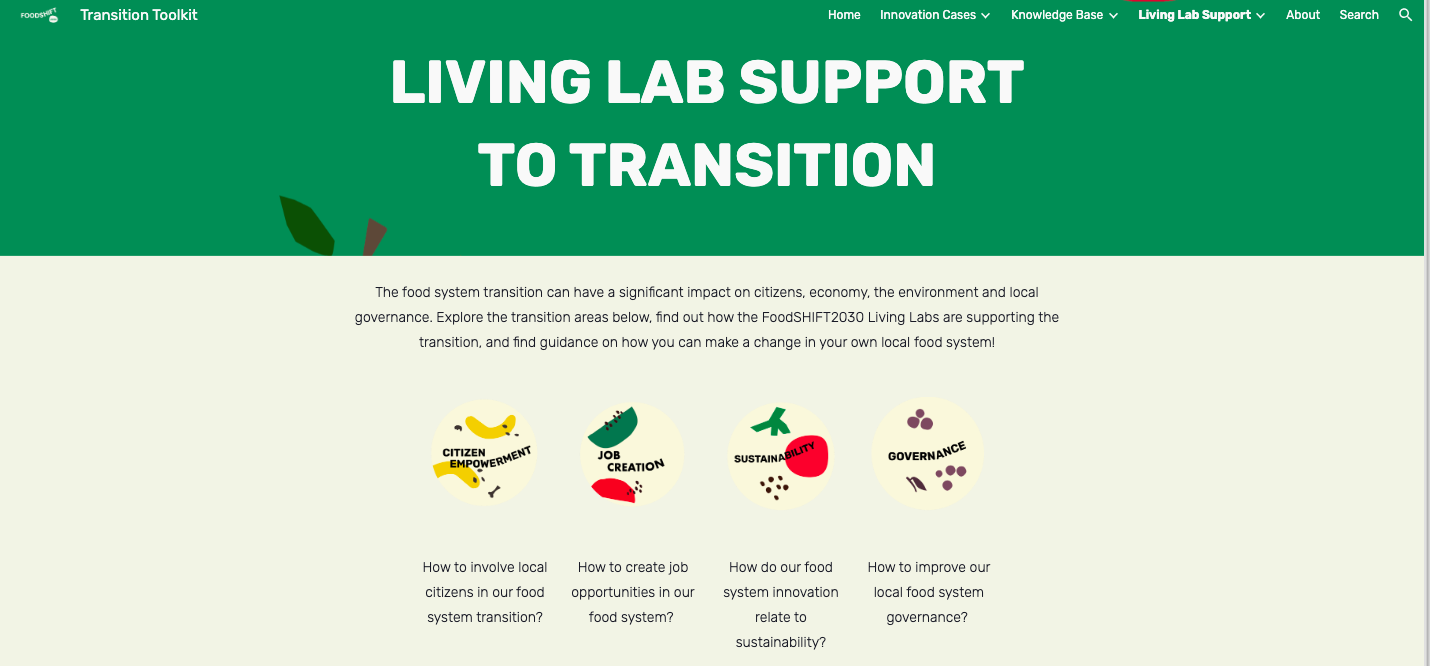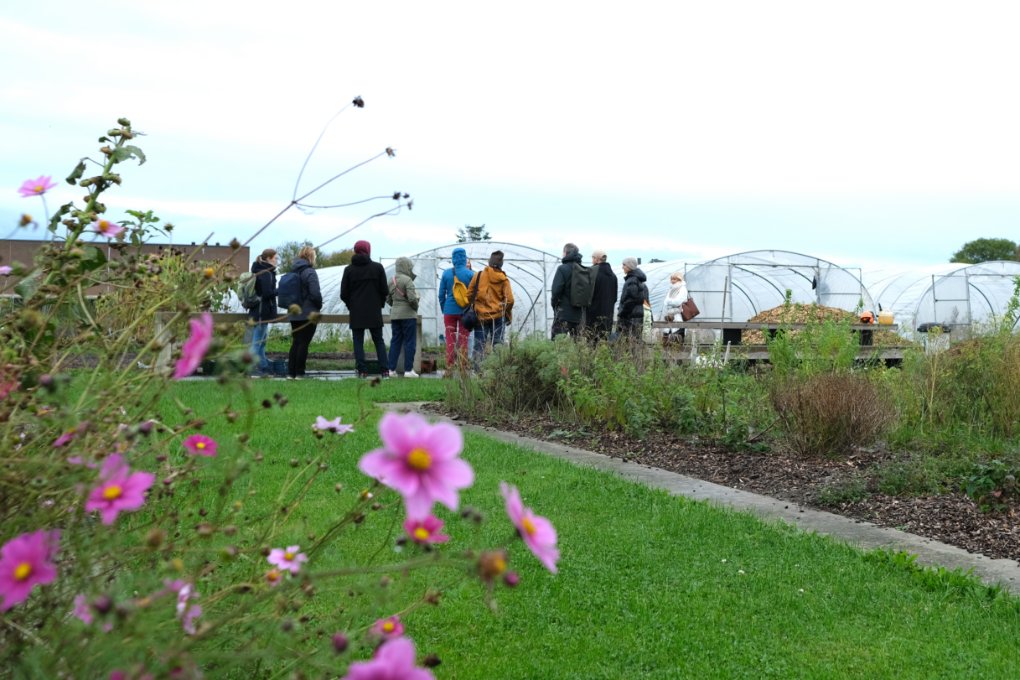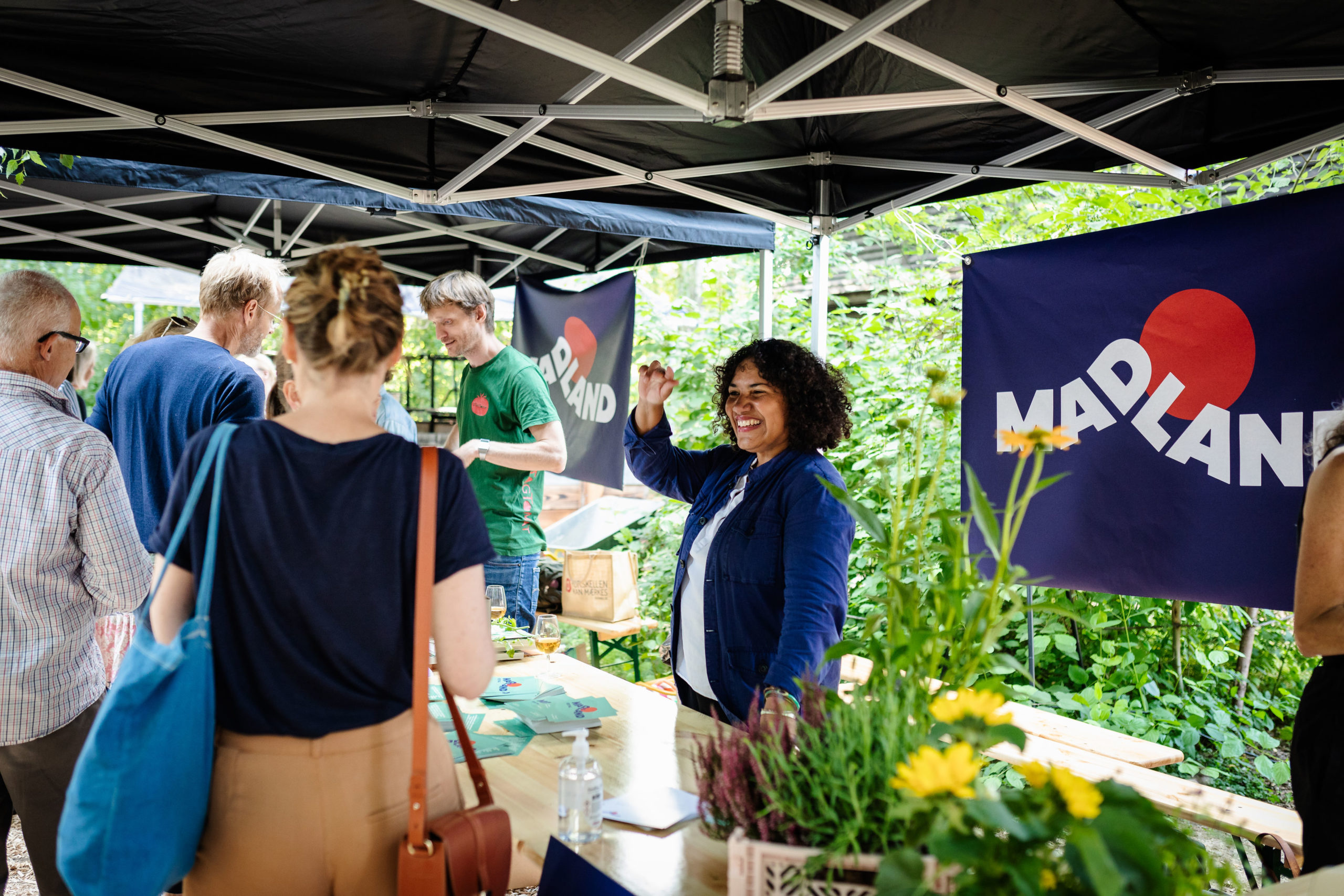What does regional food mean?
11 March 2021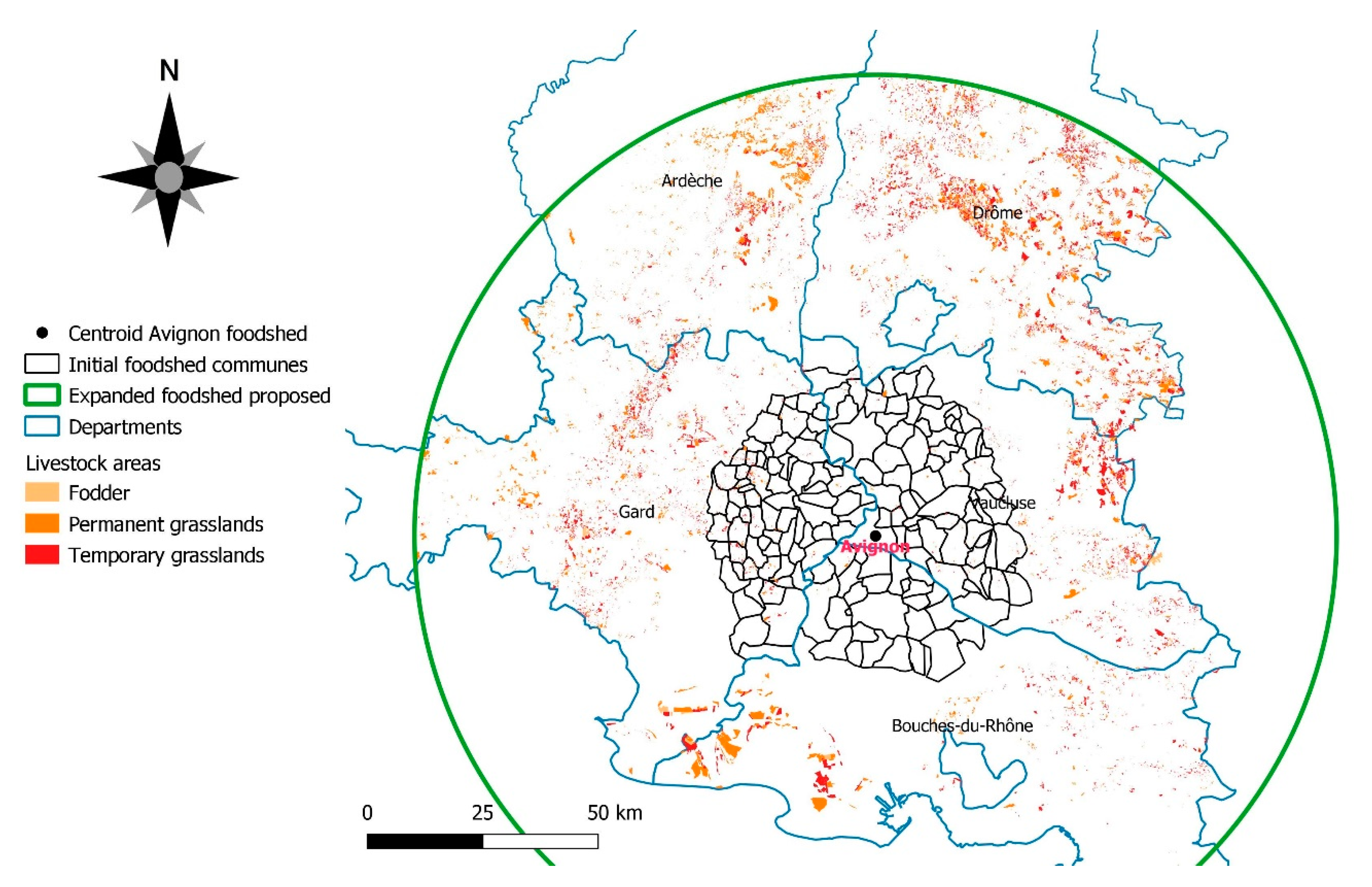
A scientific article assessing Avignon’s foodshed sheds some light
We are very used to hear in the media and read in reports about the need for increasing regional food production and consumption (i.e. regional food self-sufficiency). But what does exactly “regional” mean when talking about food?
The answer is assessed in a scientific article recently published by scientists from the Leibniz Centre for Agricultural Landscape Research (ZALF) and the French Institute for Research on Agriculture, Food, and the Environment (INRAE) of Avignon, as part of the FOODSHIFT2030 project.
In the assessment, the scientists have looked at the specific case of the city-region of Avignon (France). They found that the 30km-radius around the city (i.e. foodshed), a distance proposed by the French senate for proximity fresh vegetables and fruits, was not suitable for supplying the whole set of locally consumed food commodities. Furthermore, animal products that require extensive areas of pastures and grasslands, are only available at greater distances, towards the mountains.
Therefore, the study proposes to adapt the concept of regional food self-sufficiency to the biophysical conditions specially pedoclimatic and geomorphology, regardless of the administrative boundaries. Furthermore, the foodshed concept should be rethought in order to combine the biophysical features with the socio-economic dimensions.
In this perspective, the authors introduce the concept of the archipelago foodshed, where the foodshed would not be a set of circles around the city but a combination of different surrounding agricultural areas that are functionally linked to the city in order to supply regionally grown food.
Read the full article here.
